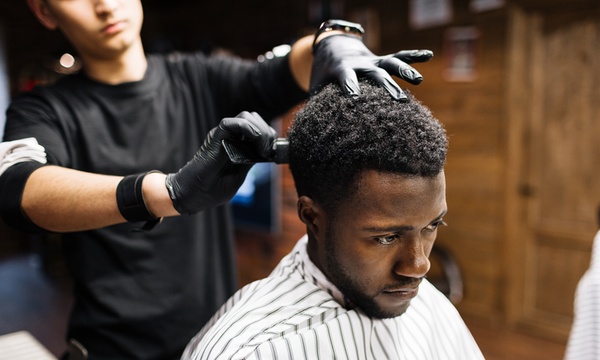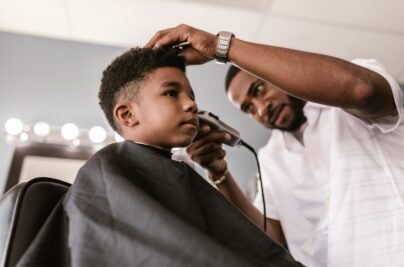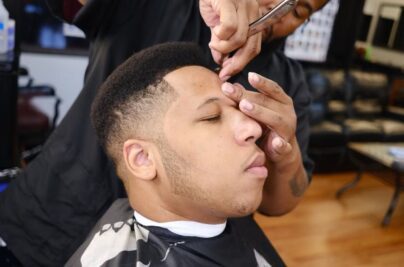The art of barbering has a history as rich and diverse as the styles it has created. From ancient civilizations to modern trends, the barbering profession has not only transformed the way people look but also played a significant role in shaping grooming rituals and practices. In this article, we embark on a journey through time to explore the fascinating history of barbers and barbering and understand how it has evolved into the modern grooming industry.
1. Ancient Beginnings: Barbers in Early Civilizations
The roots of barbering can be traced back to ancient times. Barbers in Egypt, Mesopotamia, and Rome served as both hairdressers and surgeons. They were skilled in haircutting, beard trimming, and even minor medical procedures.
2. The Medieval Barber-Surgeons
During the Middle Ages, barbers in Europe were known as barber-surgeons. They performed a wide range of tasks, including bloodletting, tooth extractions, and amputations, in addition to hair and beard grooming.
3. The Renaissance Era
In the Renaissance period, barbershops became popular social hubs. Barbers offered not only grooming services but also acted as apothecaries, offering tonics, perfumes, and other products.
4. The Birth of the Modern Barber Shop
The 19th century marked the transition of barbershops into modern establishments. Innovations such as the first barber chair and the introduction of safety razors revolutionized the industry, making it more accessible and convenient for customers.
5. The Barbershop Resurgence
In recent years, there has been a resurgence of the traditional barbershop. Men have rediscovered the appeal of a visit to the barbershop, not just for a haircut, but for the experience, camaraderie, and the fine art of barbering.
6. Modern Barbering Techniques
Today, barbers are highly skilled professionals. They are trained in a wide range of services, including precise haircuts, straight razor shaves, beard grooming, and contemporary styling. The modern barbering profession combines traditional techniques with modern trends to offer a diverse range of services.
7. The Impact of Barbers on Modern Grooming
Barbers have significantly influenced modern grooming trends and practices. They have introduced popular hairstyles, beard styles, and grooming products. The modern barbershop is a place where clients can discover new trends and find personalized grooming advice.
8. The Barbershop Experience
A visit to the barbershop is not just about grooming; it’s an experience. Barbershops offer a sense of community, relaxation, and nostalgia. The classic elements, such as the straight razor shave and hot towel treatment, continue to be cherished traditions.
9. The Future of Barbering
The barbering profession continues to evolve. Barbershops are now embracing sustainability and eco-friendly practices, and barbers are becoming more specialized, offering services such as tattoo artistry and skin care.
Conclusion
The history of barbers and barbering is a testament to the enduring significance of grooming in our lives. From ancient civilizations to modern trends, the barbering profession has been an integral part of our cultural and personal identities. It has shaped the way we look and feel, and it continues to be a vital industry that combines tradition and innovation to meet the grooming needs of today’s society. The journey from ancient times to the modern barbershop is a testament to the enduring art of barbering.



